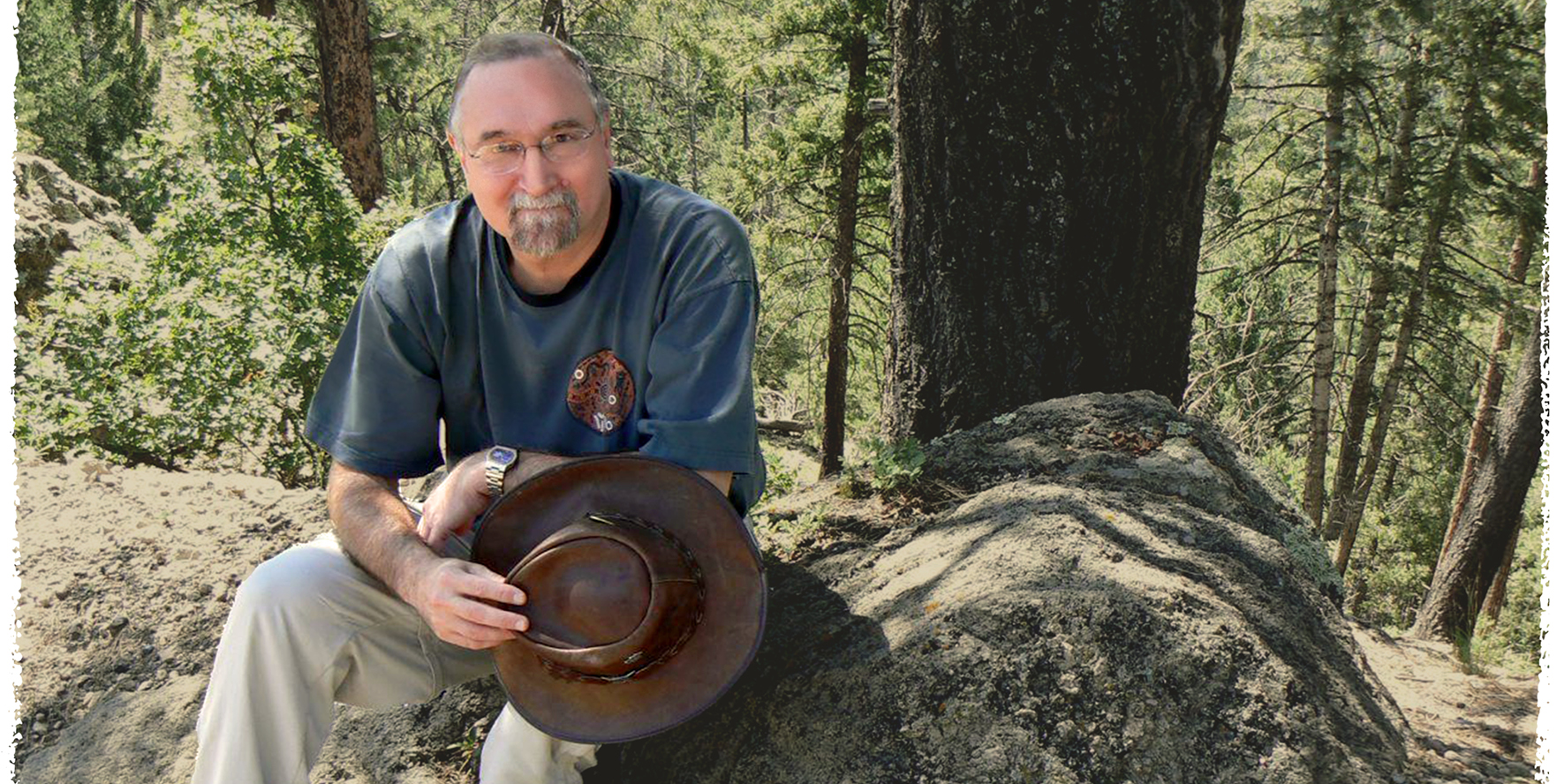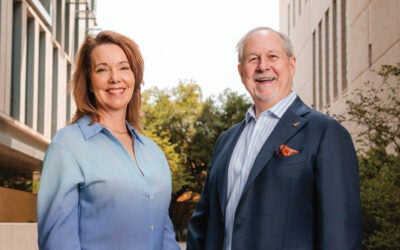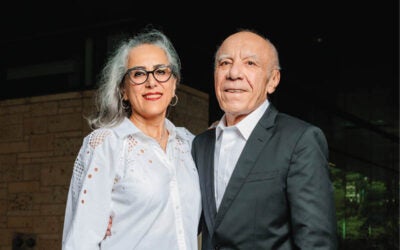A Rock-Solid Education

As a child in Saltville, Virginia, Tim Diggs spent countless hours looking at maps in his family’s World Book Encyclopedia, dreaming of global adventures far from his home in the Appalachian Mountains. After graduating from The University of Texas at Austin with a master’s degree in geology, Tim’s boyhood dreams came true. His career as a sedimentary petrologist with Shell International and Aramco took him to more than 25 countries around the world, from Norway to Malaysia and Saudi Arabia to Brazil. With his planned gift to the Jackson School of Geosciences, Tim hopes other Longhorns can look forward to a fantastic future.
Tim’s estate plan includes a provision for the school’s Friends of Student Field Experiences fund, which offers financial assistance for students engaged in fieldwork — an aspect of geology research that altered the course of Tim’s academic career. He began his studies at the University of Virginia as a chemistry major. Three years into his degree program, he signed up for an intensive geology course — “It was not a ‘Rocks for Jocks’ class,” Tim jokes. During a weekend field excursion with fellow students, Tim envisioned a different pathway for himself.
“It was a fall semester course,” Tim recalls. “You’re in the Blue Ridge Mountains. The leaves are changing color. The sky is blue, and the birds are singing. When I was a chemistry major, weekends were spent in a lab with 14-foot fume hoods and various poisonous chemicals. Which one of these is more fun?” The answer was obvious to Tim, so he switched his major to environmental sciences with a concentration in geology and never looked back.
Tim wanted to get his master’s degree at “one of the nation’s premier schools for geology” — UT’s Jackson School of Geosciences.
Famed Faculty
Once his degree program was completed, Tim’s next step was to find a graduate school. “The Jackson School of Geosciences was one of the nation’s premier schools for geology,” says Tim. “I really wanted to get to UT to study with the faculty there, many of whom were and are world-famous in their fields.” Tim was “absolutely stunned” to have been accepted to his dream school, in a program where 1,300 applicants had competed for 30 positions. He headed to Texas in the fall of 1983. “I had my degree, I had a beat-up 1978 Datsun 710 station wagon, and I had $700 in a savings account,” Tim says. He also had a plan: to stay in Texas for three years at the most to get his master’s degree, then move back to Virginia.
Things didn’t go according to schedule. When the oil crisis of the mid-’80s led to massive layoffs throughout the petroleum industry, Tim’s master’s degree stretched to twice the planned three years. But during his extended stay at UT, Tim developed a valuable niche for himself. His research assistantship gave him extensive experience in microscope work, and his unique skills were in high demand. What began as a two-year temporary assignment with Shell wound up being a 25-year career.
Now semi-retired, Tim recently moved from Austin with his wife, Julia, leaving the Jackson School with a gift of a Leitz research microscope before returning to his beloved Appalachian Mountains. From his home in Fairview, North Carolina — roughly 150 miles from where he grew up — Tim offers consultancy services through his newly founded company, Blue Ridge Petrology, Inc. With many adventures still ahead of him, Tim is certain of one thing — he will continue to stay connected to UT. Just as he did throughout his professional career, Tim knows he can turn to faculty members and fellow former students for advice, support and guidance. “I have always stayed in touch with these people,” says Tim. “It is fantastic to have them as resources.”

Texas Leader Magazine
More from this series
An Ordinary Man’s Extraordinary Journey
Ray Brimble is creating a legacy inspired by community.
Getting to Know Jim Davis
President Jim Davis shares his thoughts on the bright future of UT and his gratitude for those who so generously support it.
The Power of Connections
As a successful entrepreneur, Shanaz Hemmati is using her gifts to create pathways for others.


